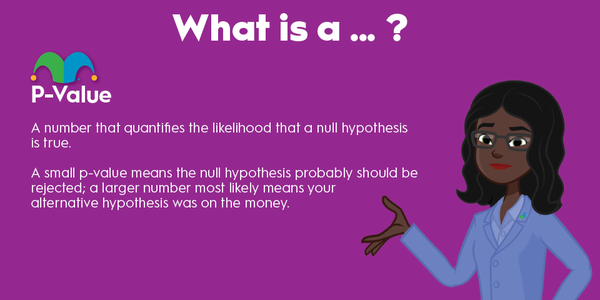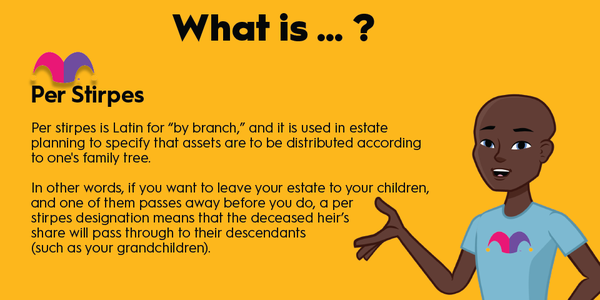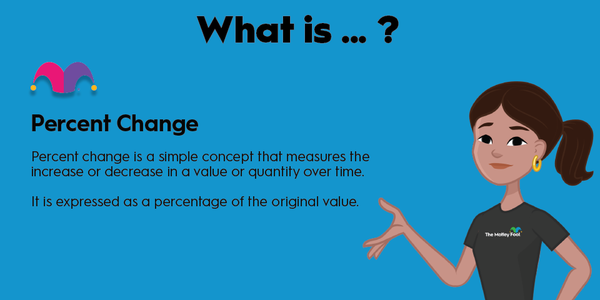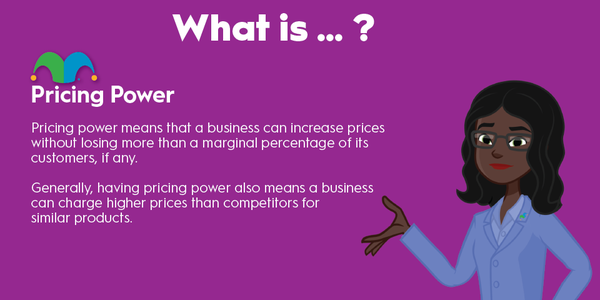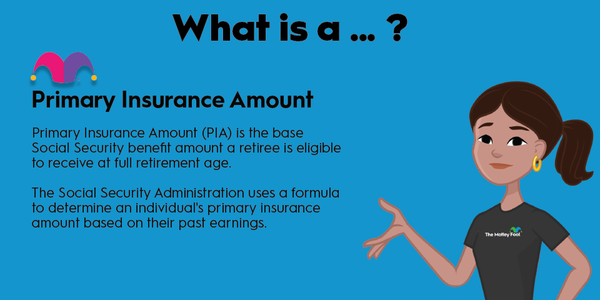If you move in and out (or out and in) of stock positions during the same trading days, normal margin requirements don't apply to you even though you're creating risk for you and your brokerage firm. So regulators label certain accounts as pattern day traders to set capital requirements that protect both the investor and their broker.

What Is a Pattern Day Trader?
What Is a Pattern Day Trader?
Day trading is a term that is often used loosely to describe the act of moving in and out of stock positions over short periods of time. However, the Financial Industry Regulatory Authority, or FINRA, defines day trading specifically as buying and selling the same security on the same day in a margin account. (Note: Because of the time it takes to settle trades, day trading is generally not allowed in non-margin or cash accounts.)
To be sure, there can be some situations when even long-term investors need to buy and sell shares of a stock in the same trading day. For example, let’s say that you wanted to buy 10 shares of a stock but hit an extra zero and bought 100. Selling 90 shares immediately to correct the mistake could be the best way to go.
This is why FINRA doesn’t consider you to be a “pattern day trader” unless you execute four or more round-trip trades within five business days. A round-trip trade can be either buying a security and then selling it, or selling a security and then buying it.
The pattern day trading rule only applies if the number of day trades is 6% or more of your total trades during the five business days. For example, if you make four day trades but have 100 total trades in your account, day trading only makes up 4% of your trading activity, and you wouldn’t be flagged as a pattern day trader.
Your brokerage firm is also required to flag your account as a pattern day trader if they have a reasonable belief that you will day trade. As an example, if you previously had an account with the same broker and were a day trader then, it could be reason enough to label your new account as a pattern day trader as well.
Why are the pattern day trader rules important?
Why are the pattern day trader rules important?
The pattern day trading rule sets special margin requirements that protect your brokerage in case a trade in your account goes terribly wrong. Typical margin requirements don’t apply to day traders since they are based on the securities you own at the end of a trading day (pure day traders don’t own any).
Another important point to keep in mind is that regulatory rules like the pattern day trader rule also exist to protect you, the investor. In this case, it is meant to limit the inherently risky practice of day trading stocks to individuals with a certain level of financial means and sophistication. In other words, FINRA wants to make sure that day traders either know what they’re getting into or can afford to lose money if things go wrong (preferably, both will apply).
How does being a pattern day trader affect you?
How does being a pattern day trader affect you?
If your account is flagged as a pattern day trader, you’ll be required to maintain minimum equity of $25,000 in your account on any day you place a trade. This can be in any combination of cash and securities, but if your account falls below $25,000, you won’t be allowed to day trade until the equity in the account is brought back above the threshold. Brokers can (and often do) have their own minimum equity requirements that are significantly higher.
Pattern day traders are also limited in their trading volume to a number known as their day trading buying power. This is generally as much as four times the amount by which the account’s equity exceeds the required margin. If your account has been flagged as a pattern day trader and you meet the $25,000 equity requirement, this number should be displayed, perhaps on the “balances” section of your account.
If you exceed your day trading buying power, it will trigger a margin call, and you’ll have a set period of time to deposit more funds, and your trading ability will be limited until it’s met.
Once your account has been labeled as a pattern day trader account, it will generally stay that way indefinitely, even if you don’t continue to make intraday round-trip trades. Meeting the “four trades in five business days” criteria is generally enough to qualify as a reasonable belief that you’ll day trade in the future.




